9 things I wish I knew before playing Frostpunk
There are resources you can't dig up, there's trouble with robotic coal miners, and long term planning beats short term fixes.
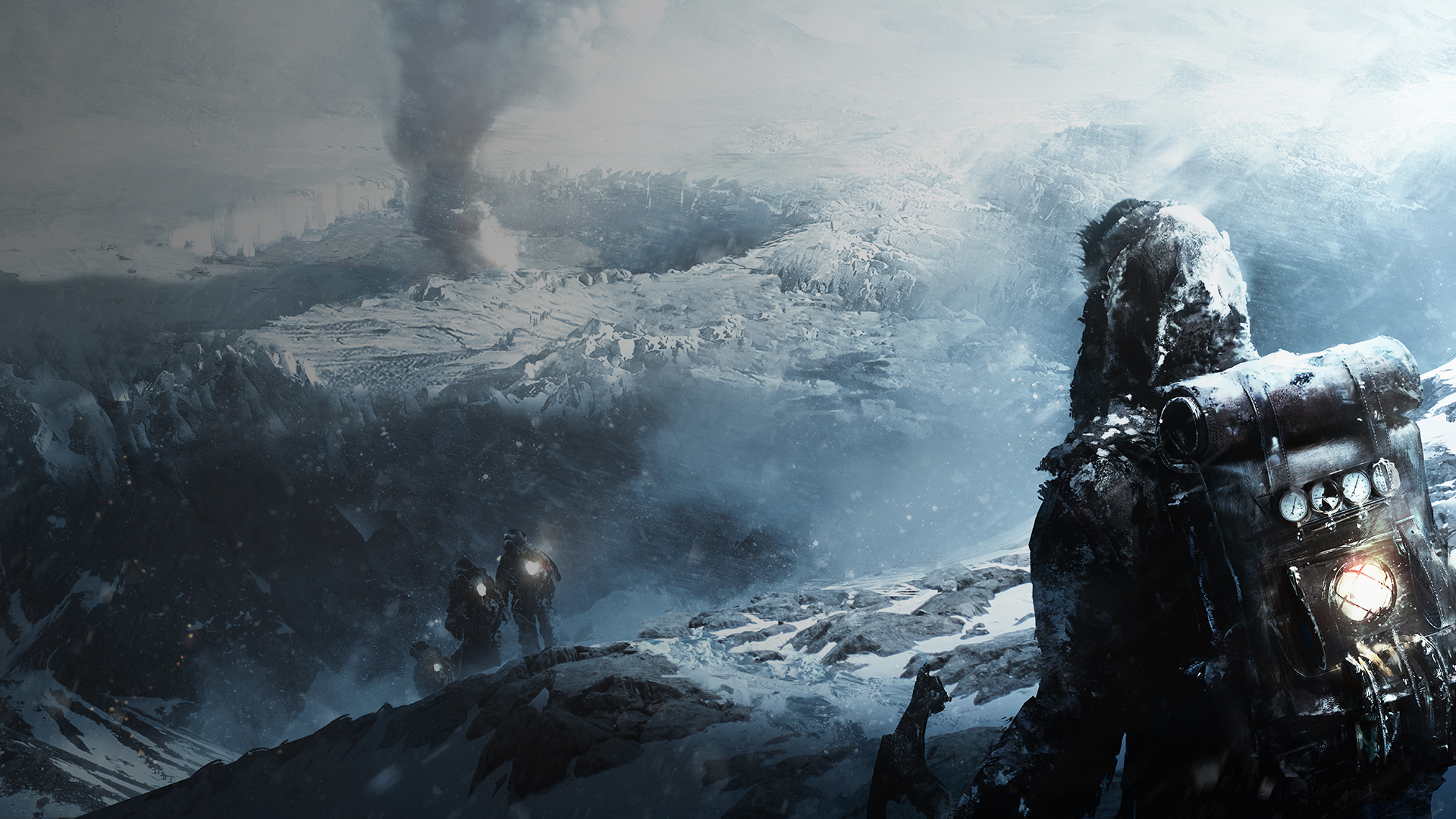
Frostpunk, the city-building survival management game from 11 Bit Studios, puts you in charge of building a city in a frozen crater and keeping a handful of citizens warm, fed, healthy, and hopeful. It's a tricky balancing act and you'll be faced with a lot of tough decisions as you push resources, technology, and your people to their absolute limits.
It's a grim, great, and challenging game—you can read my review of Frostpunk here—and below I've put together some tips to help you get started.
Build multiple workshops early
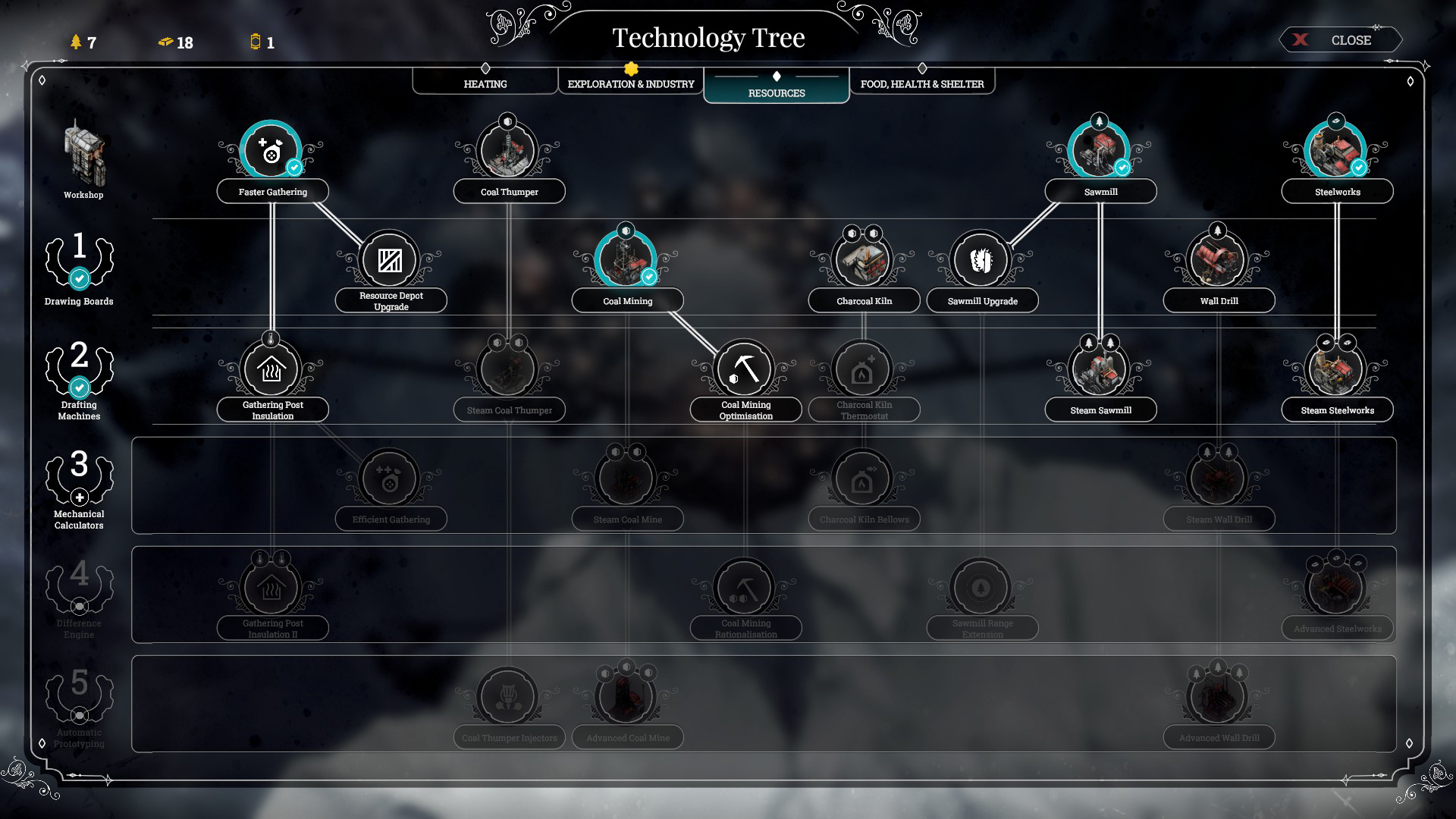
When you begin playing, it's hard to look at your collection of hungry, cold, homeless citizens and not want to focus entirely on food and shelter. But you need to think long term if they're going to survive, and unlocking new tech is key to a brighter (sorta) future. You can speed things up by building more than one workshop, and you should do it as soon as possible. For each additional workshop you build (up to four of them), you get a speed bonus to unlocking new tech more quickly. Your citizens will thank you for it (they won't).
Your crater's resources won't last long without mining
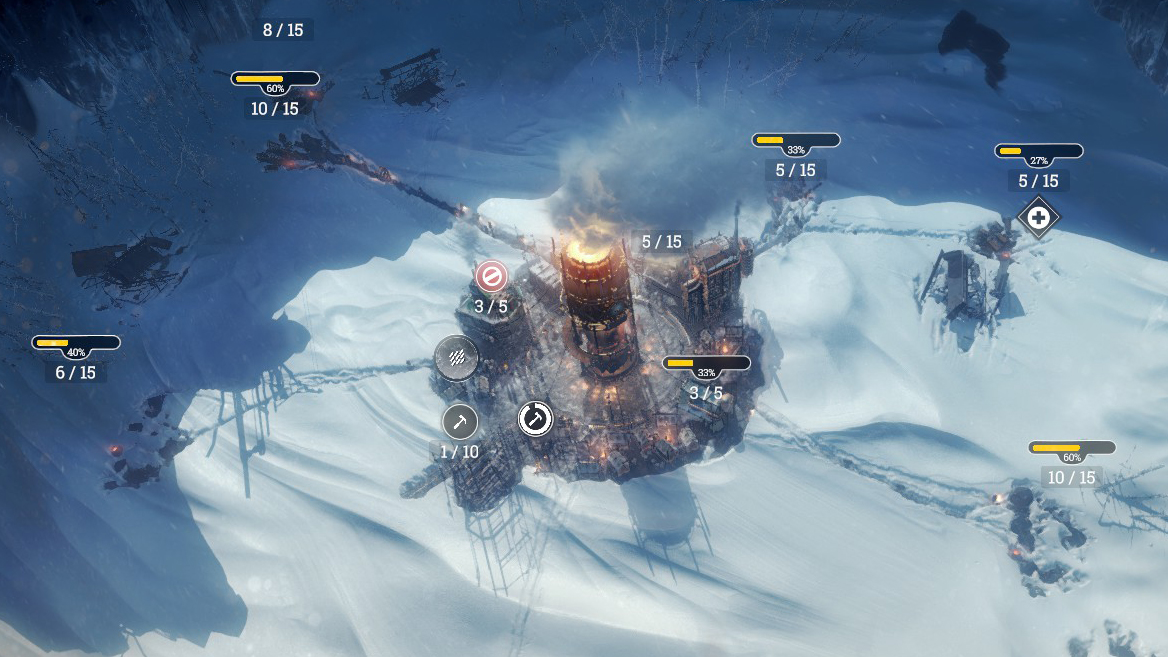
When you first arrive in the frosty crater, there will be resources your miserable citizens can just pick up: piles of coal, old wooden crates, and steel scrap. These collectible resources are easy to harvest but won't last long, so be prepared to start researching buildings like sawmills for cutting up frozen trees and mines for unearthing ore and coal within a few days of your arrival. Even some of those resources won't last: frozen forests will eventually deplete, meaning you'll need to shut down your sawmills and unlock the next tech tier: a drill to dig into crater walls for buried lumber. Plan ahead and be prepared—even a few hours where you're not building your stockpiles can be devastating.
You can turn wood into fuel with a kiln
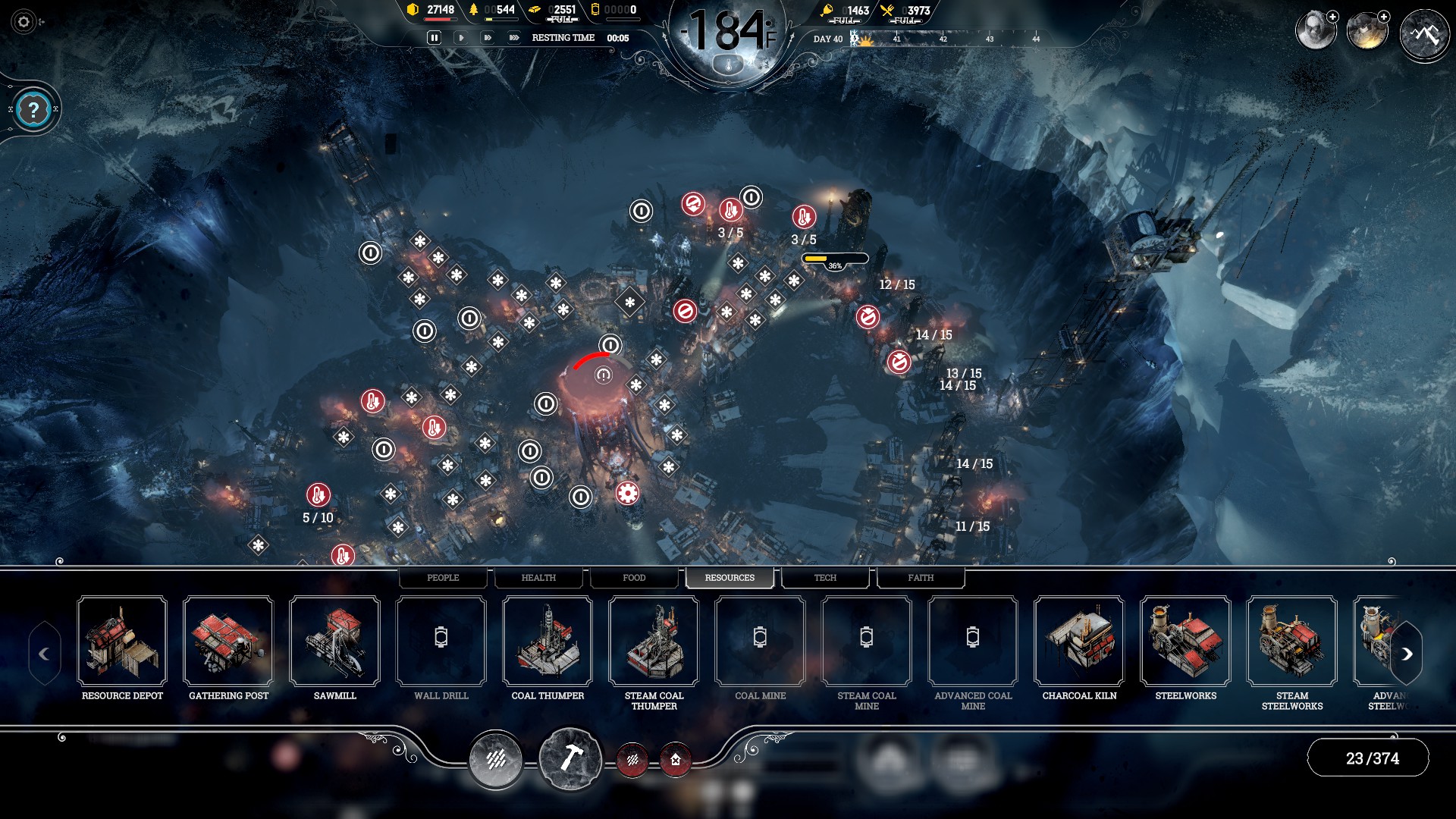
You need lots of lumber for building and researching new tech, but in a pinch you can use it to generate charcoal which can add to your supply of coal for heat. It's not something you'll want to do constantly—you should always have a good supply of lumber for quick construction—but in a pinch it can help to bolster coal production for a few days if you've got a surplus of wood. Just remember to either shut down the kiln or move the workers to other buildings so you don't burn up your entire supply.
You can't make more of your two most important resources
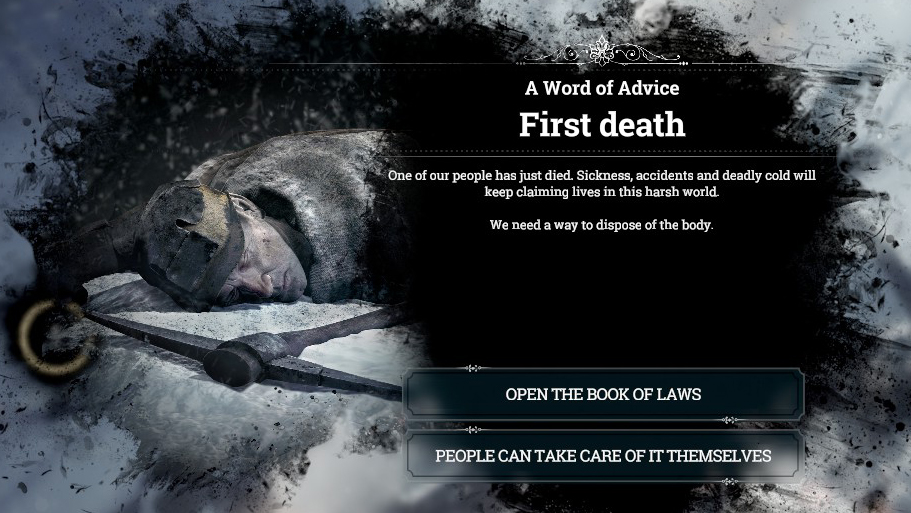
If Frostpunk spanned decades, you could probably count on two miserable people producing a brand new miserable person, ripe for adding to your workforce once they're old enough to walk. But the game spans only about a month and a half, so if you need more workers and engineers you'll need to find them outside your city. You can't create steam cores, either, which are needed for advanced facilities like certain mines or infirmaries, and automatons. Keep a very close eye on how many steam cores you have left, how many you'll need for certain buildings (some high-tech units require several), and if your scouts come across any, call them right back to the city to deliver them before they continue exploring.
Warmth is key to keeping people healthy
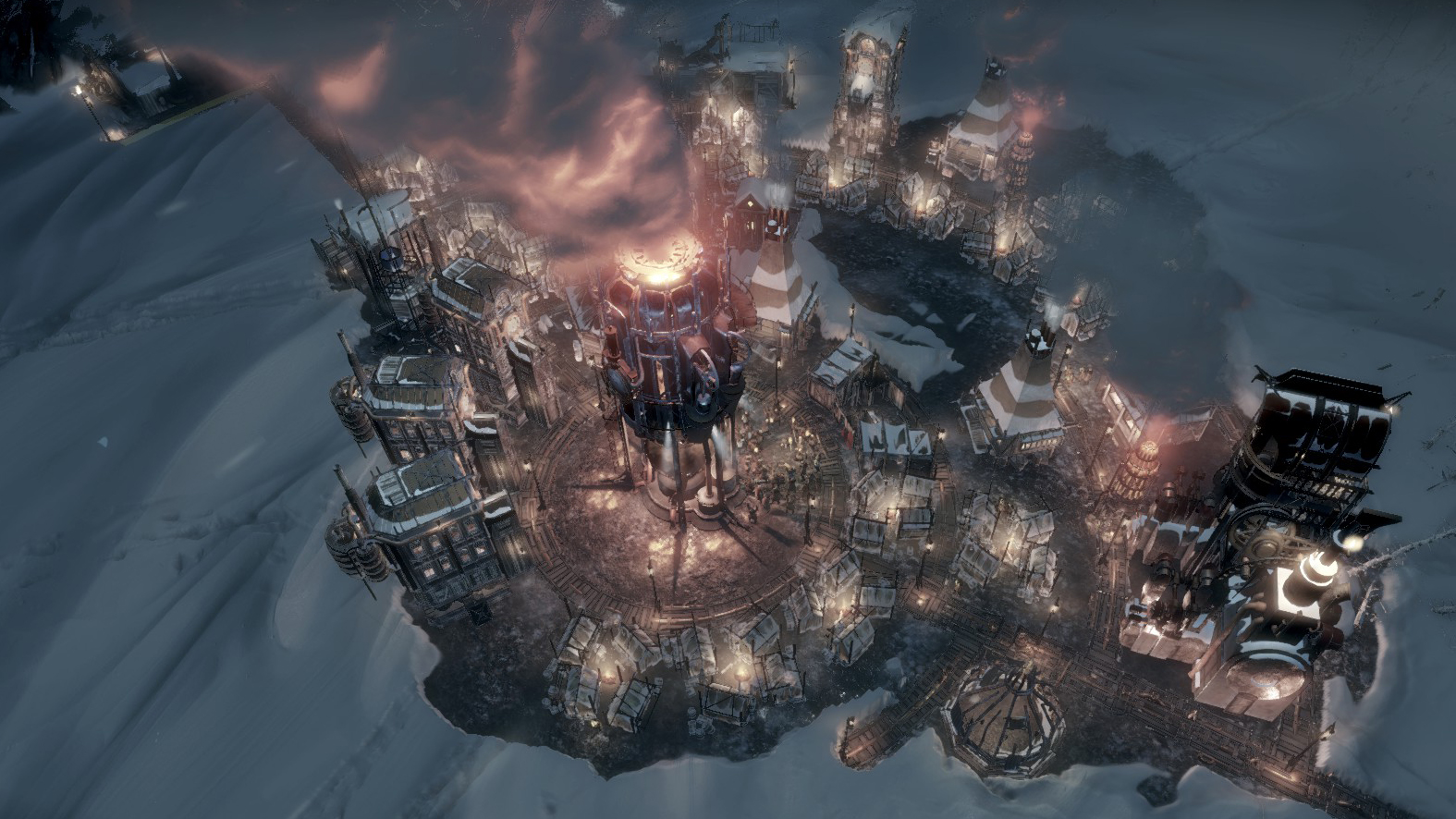
Illness can be a major hit on a smoothly running city. Not only will sickies miss work, leaving your industrial jobs understaffed, but they'll need medical treatment administered by workers who themselves could be doing other jobs. To avoid a double hit on productivity, make sure their tents or houses are within range of a steam tower. Warmth equals health.
Keep up to date with the most important stories and the best deals, as picked by the PC Gamer team.
Assign more than one scouting party

Scouting is of major importance and scouts can supply you with new discoveries and resources. Once you've built a beacon you'll have to peel off five workers to become scouts, and then you should begin research on how to add a second scouting team. It's not easy finding another five workers to peel out of your labor pool, but it'll pay off eventually. When you can spare it, research improved sleds to speed up your scouts' travel time. The second they reach a new destination, explore it and then move them onto something else. There's a lot out there to find, so the more teams you've got looking and the faster they travel, the better.
Some buildings have features you need to manually activate
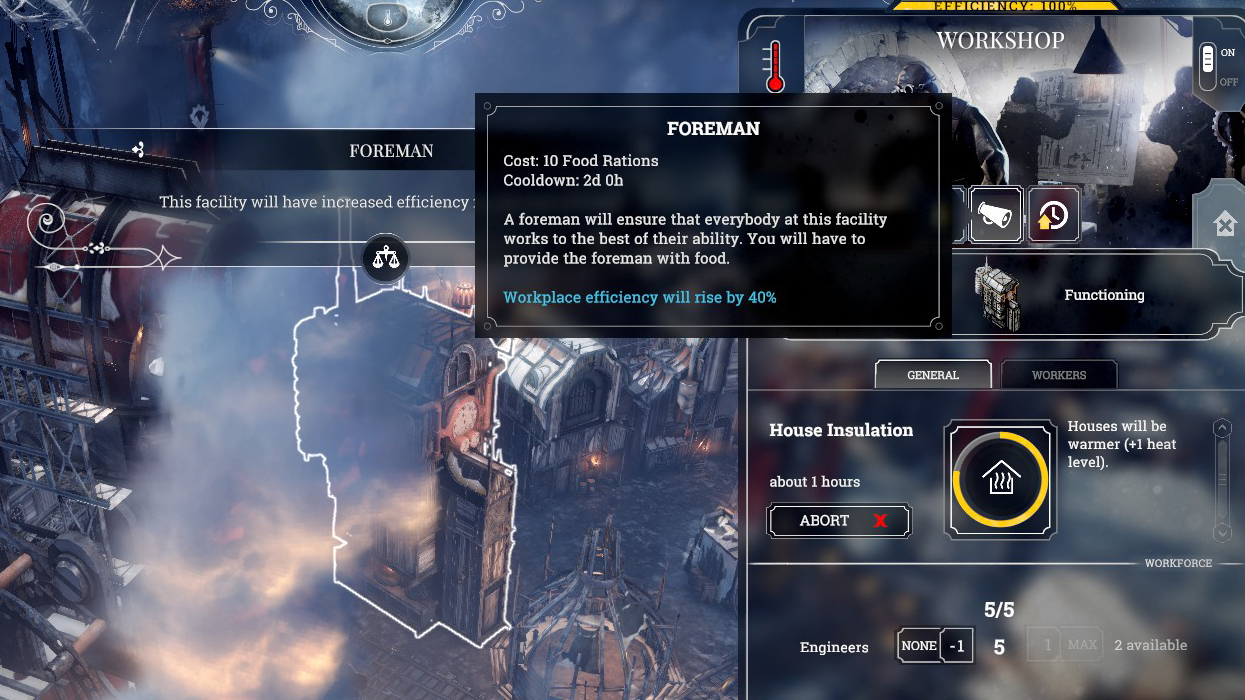
Once a structure is built, don't just forget about it. Most buildings have heaters that can encourage productivity, and they need to be manually switched on (or off, if you need to save coal). Some buildings have special abilities, like guard towers that send out patrols for law and order, or foremen (if you've unlocked them) that can speed up production. They won't do these things automatically, you'll need to click the button yourself to make it happen. Make you sure know what all your buildings can do, and how to activate each ability—and then don't forget to do it.
Using automatons to run coal mines is risky

Automatons are big stompy robots that don't complain, which sounds perfect. But in addition to breaking down once in a while, they also have to take breaks to refuel from your generator. This can lead to a big problem: if your robot is running your coal plant, and needs to refuel, it'll stop mining coal and clomp on over to the generator. If you run out of coal before it can refuel, you're doubly screwed: you can't power the bot and there's no one manning the coal plant to dig up more. Even if you immediately add workers, they won't start the plant if it's nighttime (unless you demand an emergency shift, which will piss everyone off), so you could wind up with a long spell with no heat, leading to a cavalcade of other problems.
Build resource depots when you can
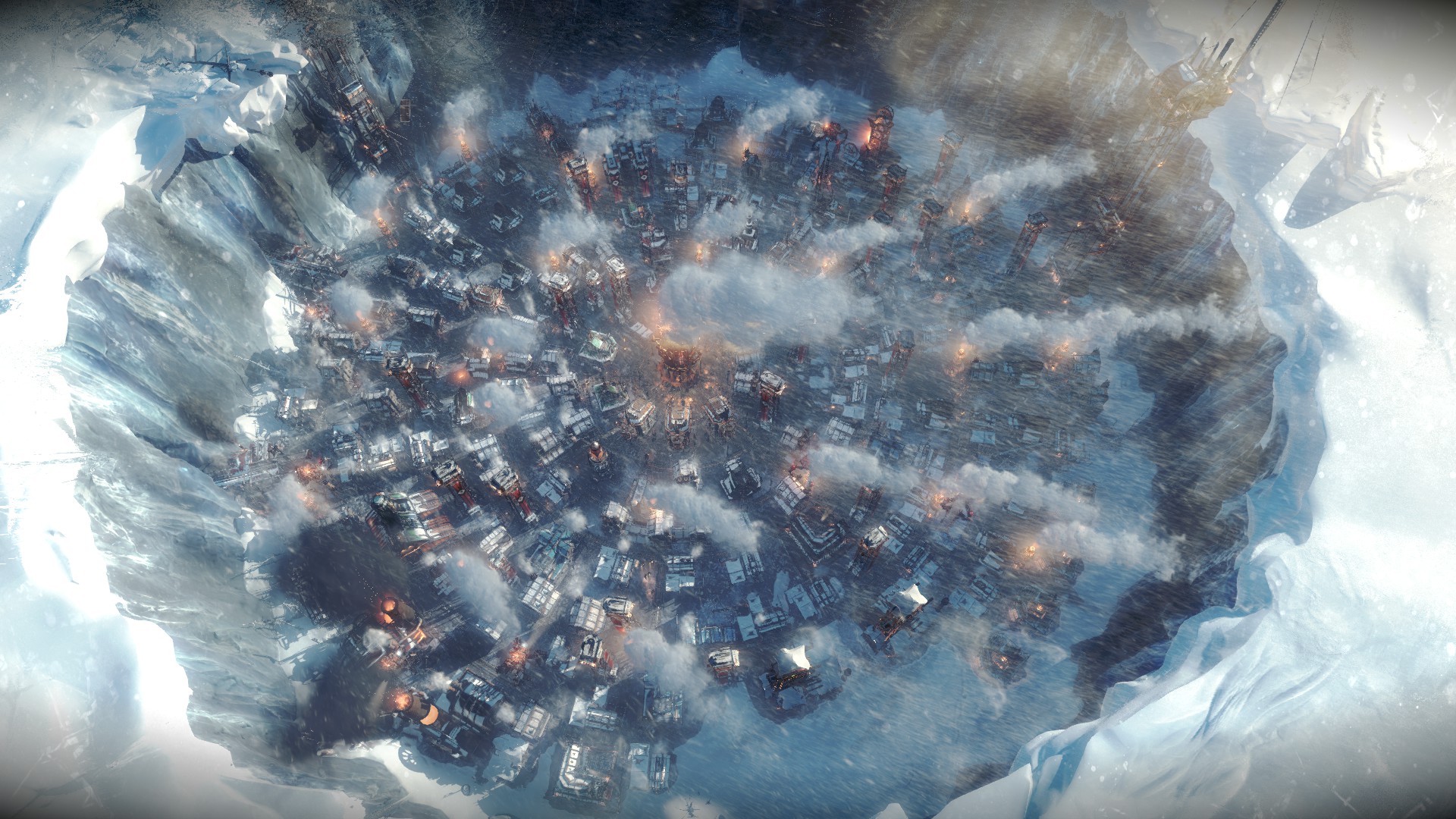
For a while it'll seem unimaginable that your city could ever have too much of something except corpses and snow, but a few technological advancements and some fruitful scouting missions and you might wind up with a major surplus of resources. If you see your resource meters filling up (getting red) and scouts are on their way back with loads more, make sure you have some resource depots built and assigned to the type of resource. Otherwise, you'll lose whatever doesn't fit.

Chris started playing PC games in the 1980s, started writing about them in the early 2000s, and (finally) started getting paid to write about them in the late 2000s. Following a few years as a regular freelancer, PC Gamer hired him in 2014, probably so he'd stop emailing them asking for more work. Chris has a love-hate relationship with survival games and an unhealthy fascination with the inner lives of NPCs. He's also a fan of offbeat simulation games, mods, and ignoring storylines in RPGs so he can make up his own.

